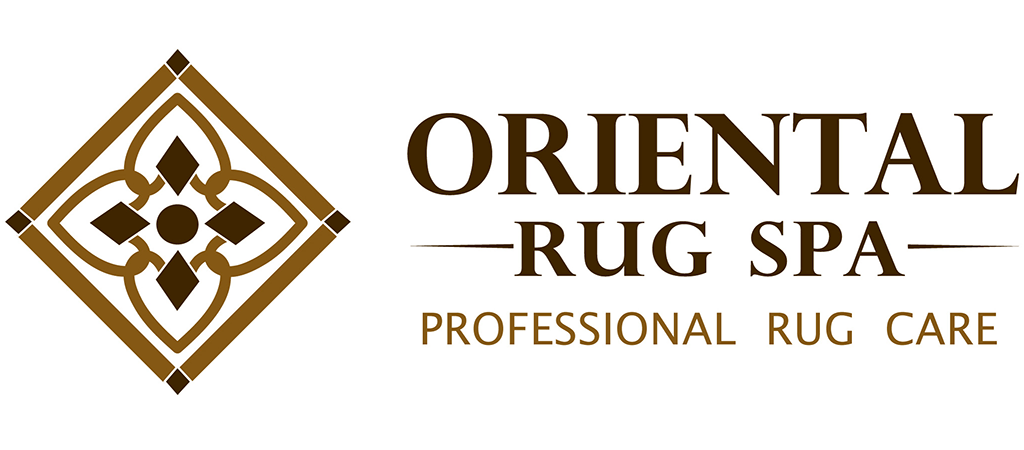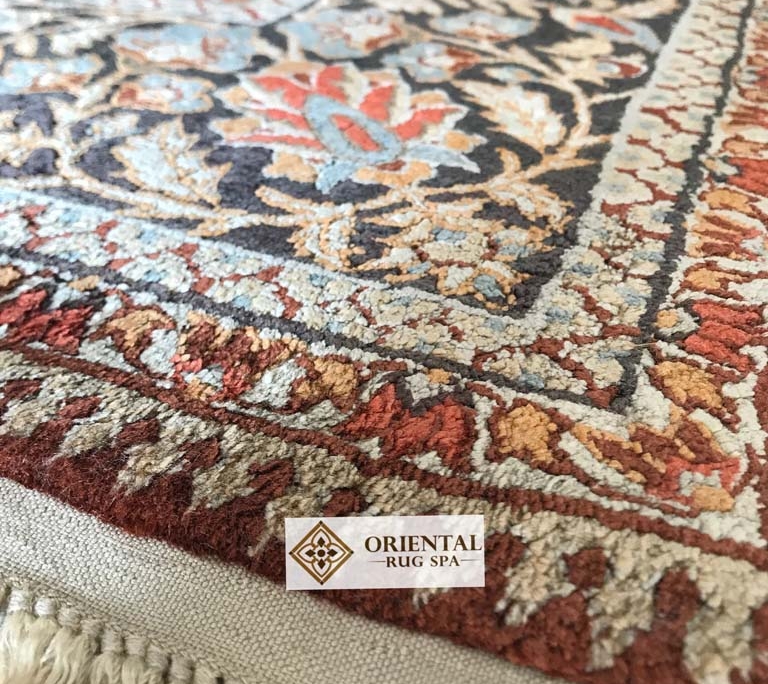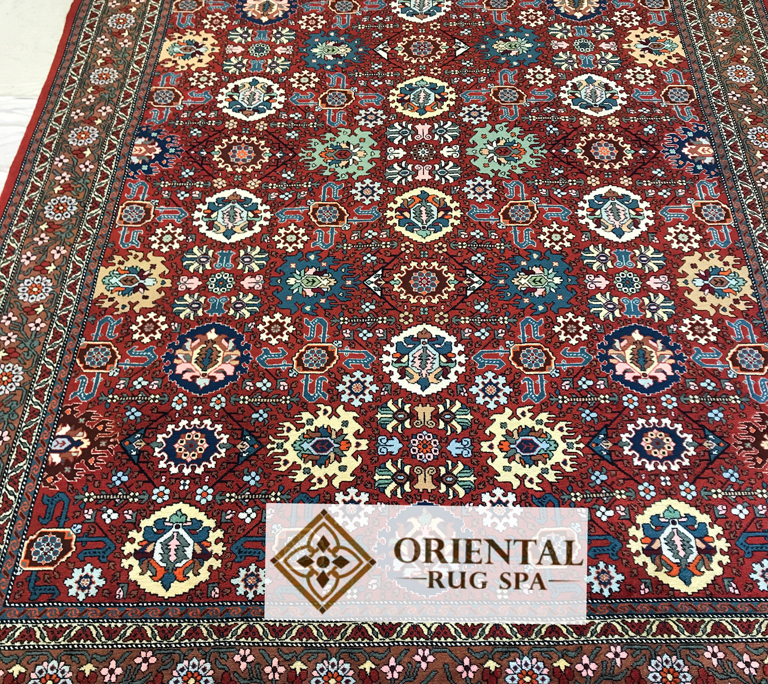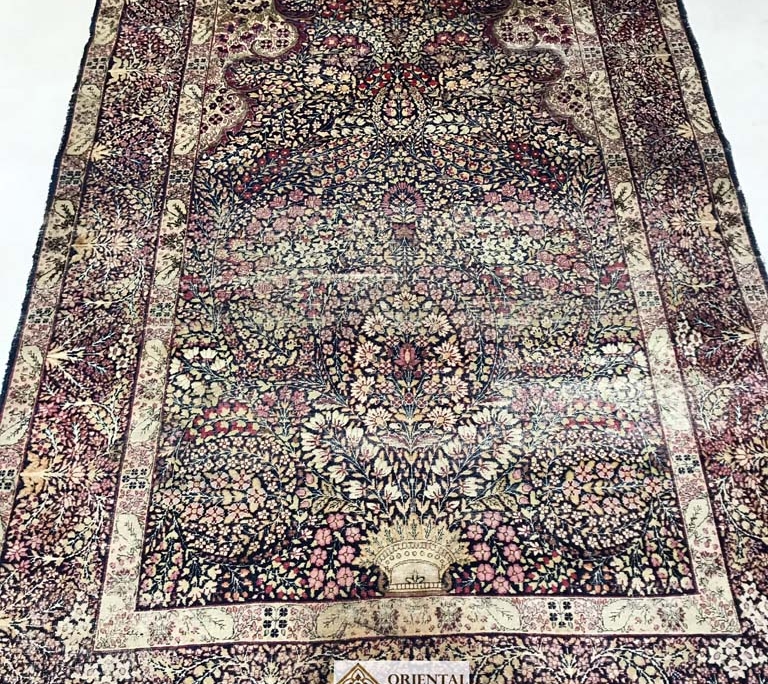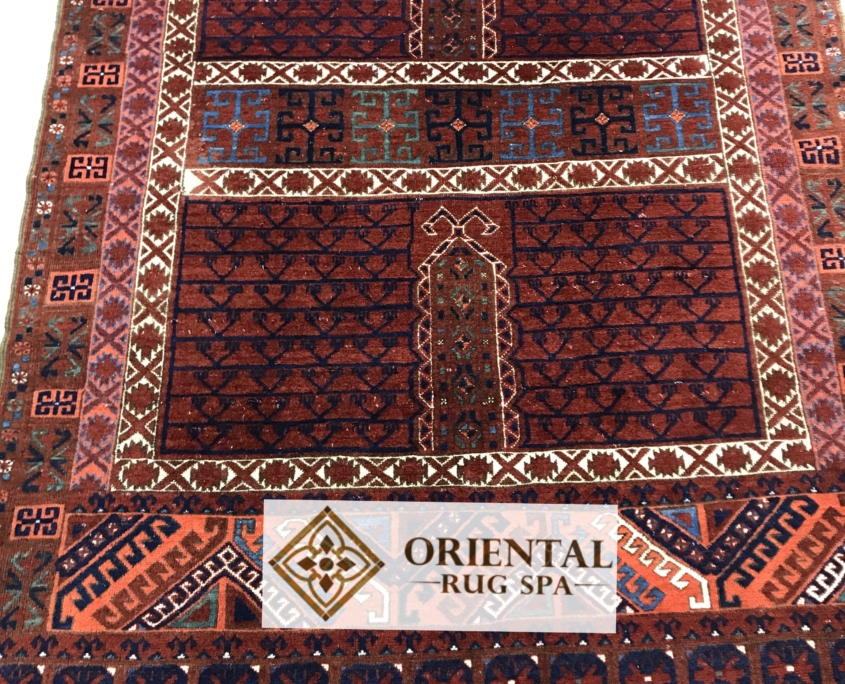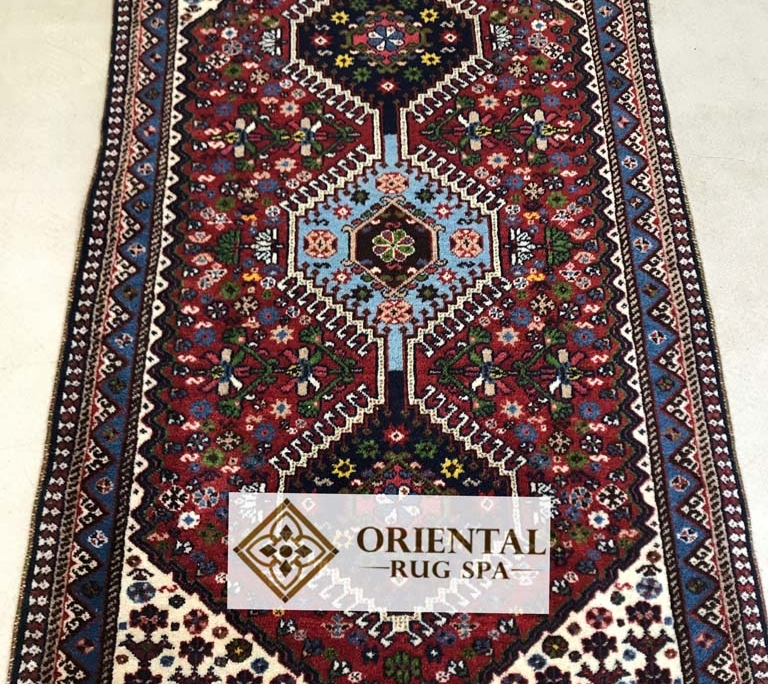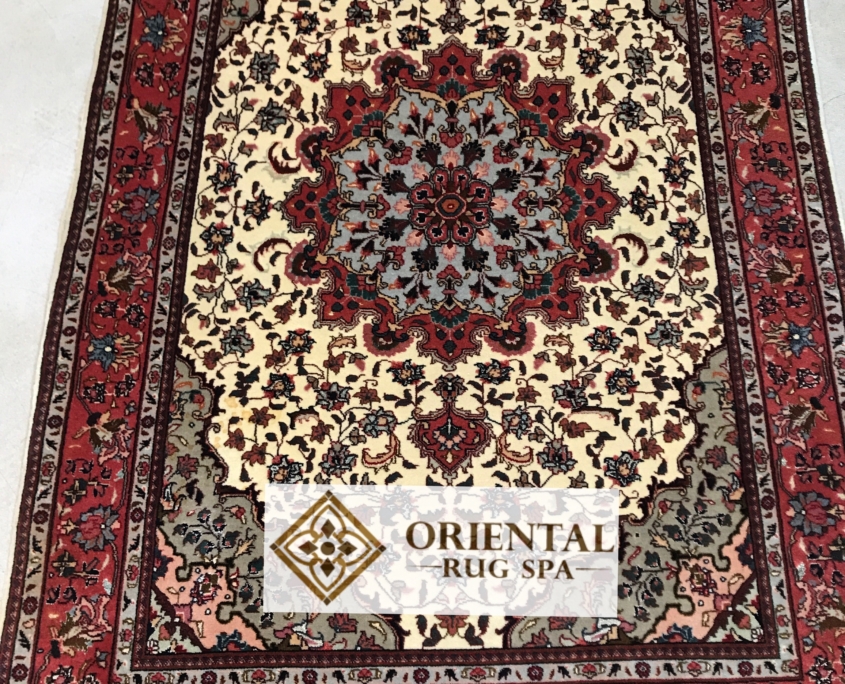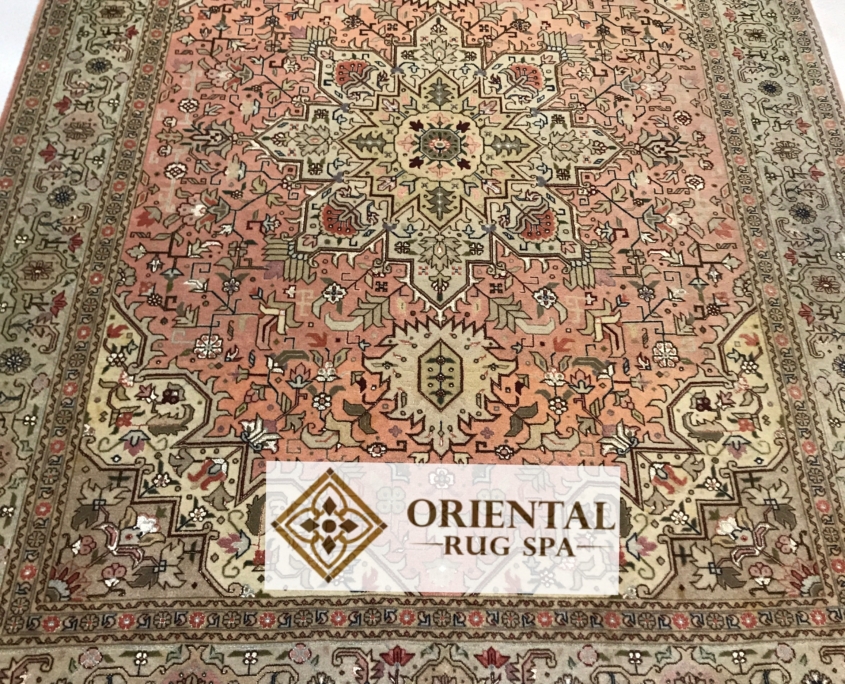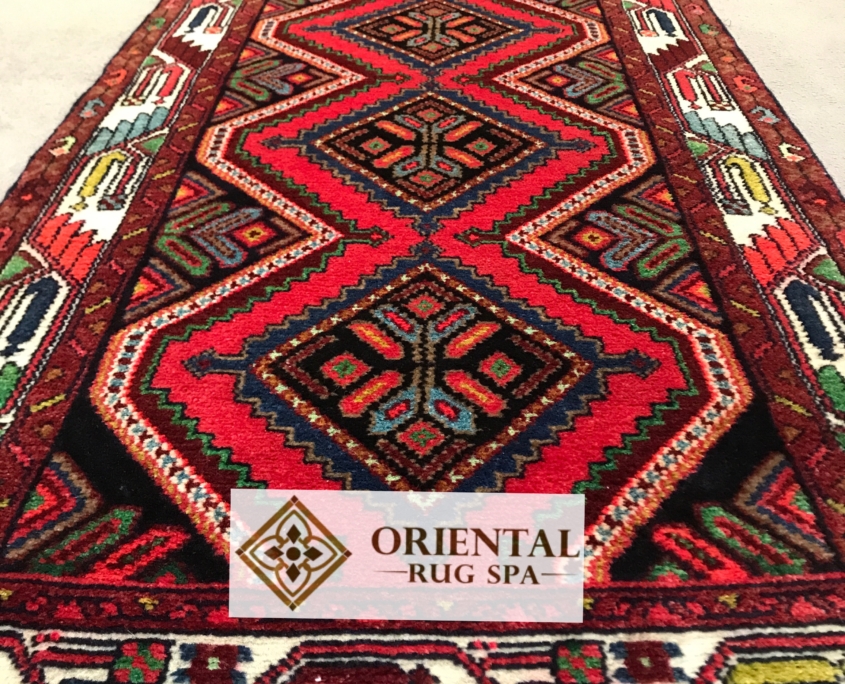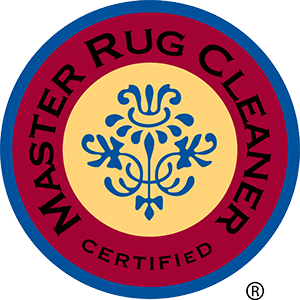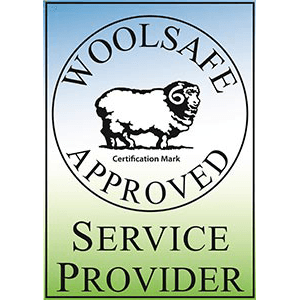Rug Cleaning Knowle
Oriental Rug Spa offer a specialist Persian, Oriental and Turkish rug cleaning for Knowle, West Midlands. We also offer a rug repair service. If you own a dirty or soiled rug that needs professional cleaning, then why not give us a call on 01276 423 150. We can arrange collection and delivery for you. The rug wash process required can differ from rug to rug, so we offer various methods of rug cleaning, from full immersion washing to dry cleaning. All rug fibres can be cared for – wool, cotton, silk, viscose, rayon. We can carry out a pet stain and odour treatment, moth treatment and apply a fibre protection to resist against soiling and staining. We have extensive experience with cleaning antique rugs and rugs with unstable dyes and offer a rug repair service, including fringes, sides and pile reweaving.
Turkish Rug
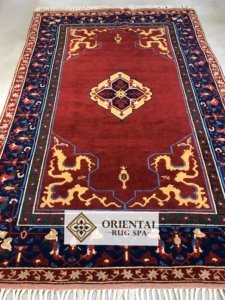
Turkish
Turkish rugs, have a rich and storied history that reflects the cultural heritage and artistic traditions of Turkey. Renowned for their intricate designs, vibrant colours, and high-quality craftsmanship, these rugs are a significant part of both domestic life and art in Turkey.
The tradition of rug-making in Turkey dates back several centuries, with roots in nomadic tribes who used carpets for practical purposes such as insulation and decoration in tents. Over time, the craft evolved, influenced by various cultures and civilisations, including the Seljuks, Ottomans, and the Byzantines. Each region in Turkey developed its own unique styles and techniques, creating a diverse array of designs.
Turkish rugs can generally be categorised into two main types:
KILIMS: These are flat-woven carpets that feature geometric patterns and bold colours. Kilims are known for their lightweight nature and versatility, making them suitable for various settings. They often reflect the tribal heritage of the weavers.
TRADITIONAL WOVEN: These rugs are typically knotted and more substantial than kilims. They showcase intricate designs, often inspired by natural motifs, historical themes, or symbolic elements. Common patterns include floral designs, medallions, and repeating geometric shapes. Notable regions for these rugs include Hereke, Ushak, and Anatolian.
Turkish rugs are made from various materials, including wool, cotton, silk, and even blends of these fibres. Wool is the most common material due to its durability and warmth. The dyeing processes used to achieve the vibrant colours often involve natural dyes derived from plants and minerals. The craftsmanship involved in creating these rugs requires significant skill, with design and weaving techniques passed down through generations.
Today, Turkish rugs are appreciated not only for their beauty but also for their cultural significance. They have found their way into contemporary homes both in Turkey and around the world. While traditional techniques are still employed, modern interpretations and designs have emerged, appealing to a broader audience.
To preserve the beauty and longevity of Turkish rugs, proper care is essential. Regular vacuuming and avoidance of direct sunlight can help maintain their colours. In case of spills, it’s best to act quickly and gently blot the area rather than rubbing it. Professional cleaning is recommended.
